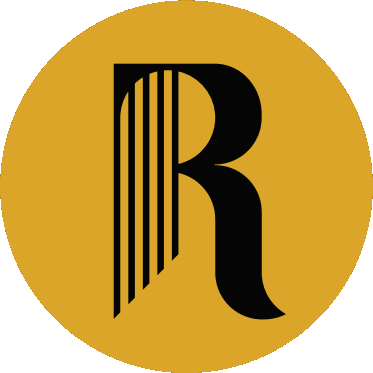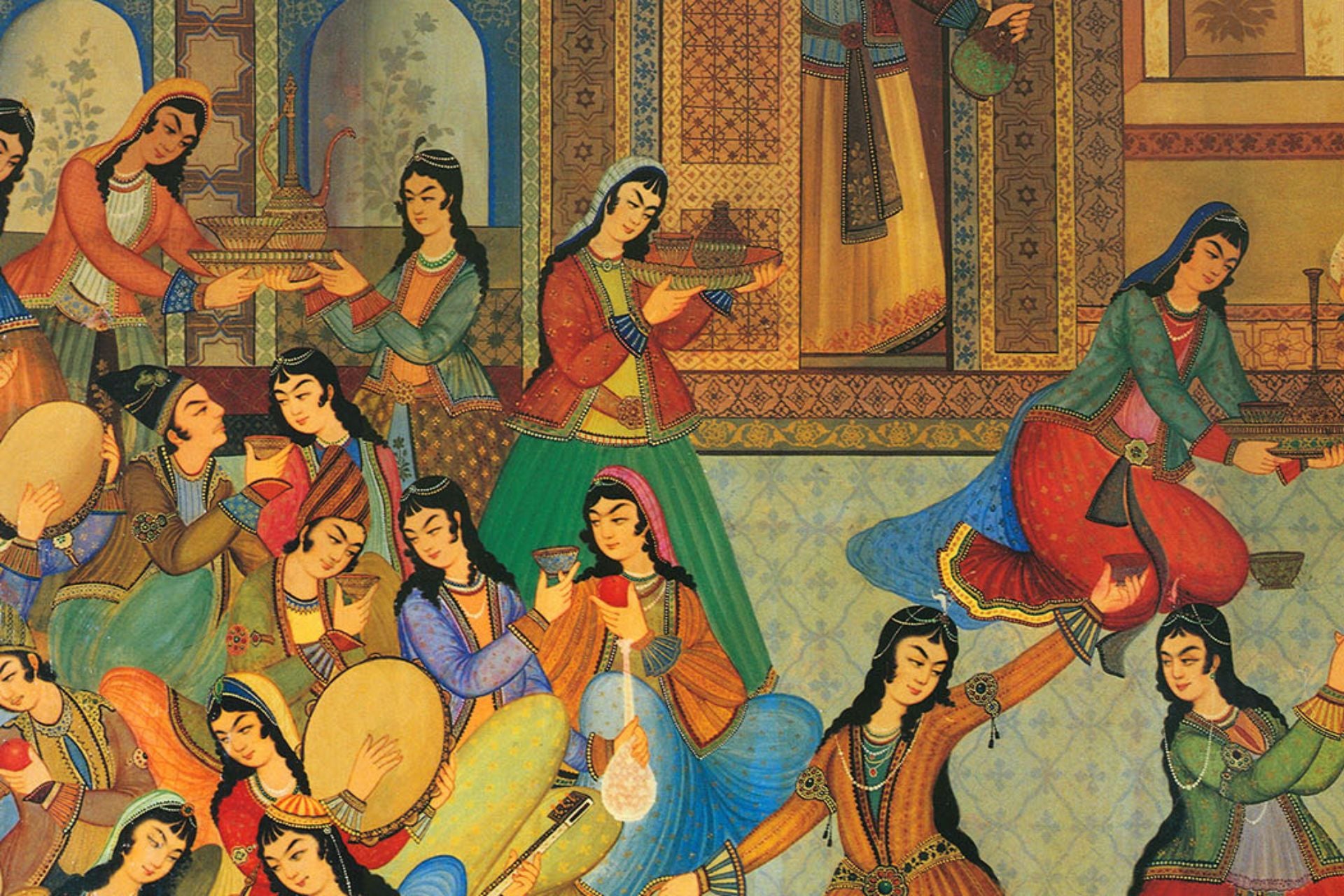General Articles
Exploring the Enchanting Sounds of Persian Instruments in Classical Persian Music
Persian music is a rich and ancient art form that has captivated listeners for centuries. Its unique blend of melodic patterns, intricate rhythms, and soul-stirring compositions sets it apart from other musical traditions. At the heart of Persian music lie the traditional instruments that create its distinct soundscape. In this article, we delve into the mesmerizing world of Persian instruments, their role in shaping classical Persian music, and how you can embark on your own musical journey with Rhythm Music Shop in Markham.
The Persian Musical Heritage
Persian music has its roots in ancient Persia, present-day Iran. Its origins can be traced back to the Sassanid era (224-651 AD), where it flourished in the royal courts and accompanied various art forms such as poetry and dance. Over time, Persian music evolved, drawing influences from neighboring regions like Central Asia, the Arab world, and India, while still maintaining its distinct identity.
Persian Instruments: The Soul of Classical Persian Music
Tar: The tar, a long-necked lute, is often considered the soul of Persian music. Its resonant, plucked strings produce a wide range of tones that convey the emotional depth of compositions. The tar's versatile nature allows it to lead melodies, accompany vocals, or serve as a solo instrument.
Setar: The setar, a smaller relative of the tar, features a delicate sound and a smaller number of strings. Its intimate and meditative tones make it ideal for solo performances and introspective compositions.
Santur: The santur is a hammered dulcimer with a rich and ethereal timbre. Its strings are struck with small hammers, producing mesmerizing melodies that evoke a sense of tranquility and introspection.
Ney: The ney, an end-blown flute, is renowned for its hauntingly beautiful sound. It possesses a wide range of tones and is capable of expressing a vast array of emotions, from melancholy to ecstasy.
Daf: The daf is a large frame drum covered with goat or fish skin. It produces a rhythmic pulse that drives the music forward, providing a foundation for other instruments and ensembles. Its vibrant and lively rhythms often accompany dance performances.
Shaping Classical Persian Music
Classical Persian music owes its intricate structure and vast repertoire to centuries of refinement and innovation. It is based on the concept of the dastgah, a system of melodic modes or scales, and the gusheh, melodic motives or phrases. These elements form the foundation upon which improvisation and composition take shape.
Traditional Persian music is deeply rooted in the spiritual and poetic traditions of the region. The lyrics often draw from ancient Persian poetry, exploring themes of love, mysticism, and the longing for the divine. This profound connection between music, poetry, and spirituality has helped shape the unique character of classical Persian music.
If you are captivated by the enchanting sounds of Persian instruments and wish to embark on your own musical journey, visit Rhythm Music Shop in Markham. With a wide range of Persian instruments, including tar, setar, santur, ney, and daf, they provide the perfect tools for both beginners and experienced musicians. You can also purchase our instruments through our website by clicking here. We offer services to Markham, Richmond Hill, Vaughan and the rest of the Greater Toronto Area.

